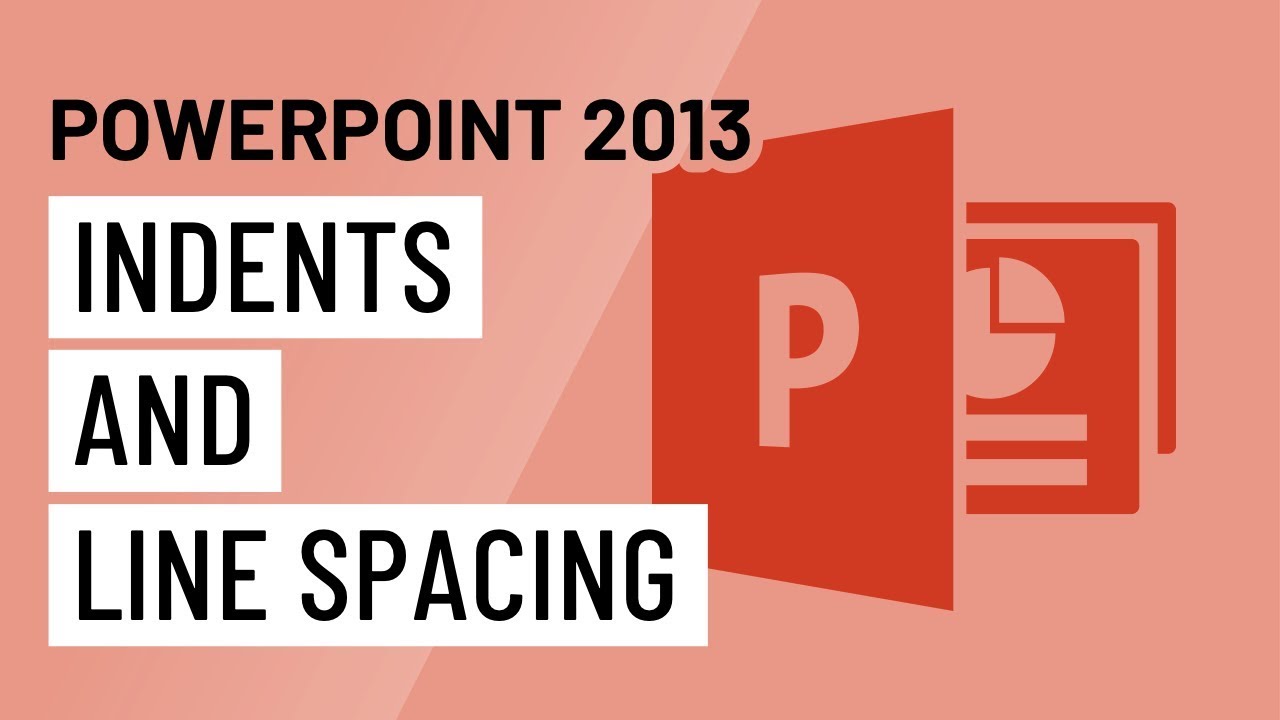
Introduction:
Microsoft PowerPoint 2013, a quintessential tool for creating engaging presentations, offers a plethora of features to enhance the visual appeal and effectiveness of your slides. Among these features, the nuanced control over indents and line spacing proves instrumental in refining the layout and readability of your content. In this extensive guide, we will delve into the intricacies of using indents and line spacing in PowerPoint 2013, understanding their functionalities, and mastering the art of creating polished and professional presentations.
Understanding Indents in PowerPoint:
- Indent Basics: Indents in PowerPoint refer to the horizontal space between the slide content and the slide margins. Proper use of indents ensures a visually organized and aesthetically pleasing presentation layout.
- Text Box Indents: When working with text boxes, indents can be applied to control the alignment of text within the box. Left and right indents adjust the position of text from the respective edges, allowing for precision in text placement.
- Bullet Point Indents: Bullet points, a common feature in PowerPoint presentations, benefit from indents to create a hierarchy and emphasize key points. Indenting bullet points helps in conveying information in a structured and easily digestible manner.
Exploring Line Spacing in PowerPoint:
- Line Spacing Basics: Line spacing, also known as leading, refers to the vertical space between lines of text. Appropriate line spacing enhances readability and visual clarity, preventing the content from appearing crowded or cramped.
- Single vs. Multiple Line Spacing: PowerPoint provides options for both single and multiple line spacing. Single spacing is ideal for concise text, while multiple line spacing adds breathing room between lines, making content more legible and aesthetically pleasing.
- Paragraph Spacing: In addition to line spacing, PowerPoint allows control over paragraph spacing. This feature adjusts the space between paragraphs, contributing to the overall flow and organization of content on a slide.
How to Use Indents and Line Spacing in PowerPoint 2013:
- Setting Text Box Indents:
- Procedure:
- Click on the text box you want to modify.
- Navigate to the “Format” tab in the Ribbon.
- In the “Paragraph” group, adjust the Left and Right Indent options to control the horizontal placement of text within the text box.
- Procedure:
- Adjusting Bullet Point Indents:
- Procedure:
- Click on the bulleted list you want to modify.
- Navigate to the “Format” tab in the Ribbon.
- In the “Paragraph” group, use the Increase Indent and Decrease Indent buttons to adjust the indentation level of bullet points.
- Procedure:
- Managing Line Spacing:
- Procedure:
- Select the text or paragraphs you want to modify.
- Navigate to the “Format” tab in the Ribbon.
- In the “Paragraph” group, use the Line Spacing dropdown menu to choose between options like 1.0, 1.15, 1.5, or custom spacing.
- Procedure:
Advanced Techniques in PowerPoint Indents and Line Spacing:
- Customizing Line Spacing:
- Procedure:
- Select the text or paragraphs.
- Click the small arrow next to the Line Spacing dropdown in the Ribbon.
- Choose “Line Spacing Options” to access advanced settings, including custom spacing and spacing before or after paragraphs.
- Procedure:
- Applying Consistent Formatting:
- Procedure:
- Use the Format Painter tool to copy formatting from one text element to another.
- Click on the text with the desired formatting.
- Click the Format Painter icon in the Ribbon.
- Select the text or text box you want to apply the formatting to.
- Procedure:
- Utilizing Master Slides for Consistency:
- Procedure:
- Access the Slide Master from the “View” tab.
- Apply consistent indents and line spacing to the master slides, ensuring uniformity across all slides in the presentation.
- Procedure:
Practical Applications:
- Professional Business Presentations: Effective use of indents and line spacing in PowerPoint is crucial for business presentations, where clarity and professionalism are paramount. Presenting information in an organized and visually appealing manner enhances audience engagement.
- Educational Materials: For educators creating PowerPoint presentations for lectures or lessons, mastering indents and line spacing contributes to content clarity. It aids in presenting information logically and facilitates better understanding for students.
- Marketing and Sales Presentations: In marketing and sales presentations, where visual appeal is crucial, careful control over indents and line spacing ensures that key messages are highlighted effectively. This contributes to a compelling and persuasive narrative.
- Training Modules and Workshops: Training modules and workshop materials benefit from well-structured content. Utilizing indents and line spacing in PowerPoint helps trainers create visually organized slides that support effective communication and learning.
Conclusion:
Indents and line spacing in PowerPoint 2013 are powerful tools that elevate the quality and professionalism of your presentations. Whether you are a business professional, educator, marketer, or trainer, mastering the art of indents and line spacing ensures that your messages are conveyed with clarity and impact. As you navigate the world of PowerPoint presentations, let the precision of indents and line spacing be your guide to creating presentations that captivate and resonate with your audience. Happy presenting!